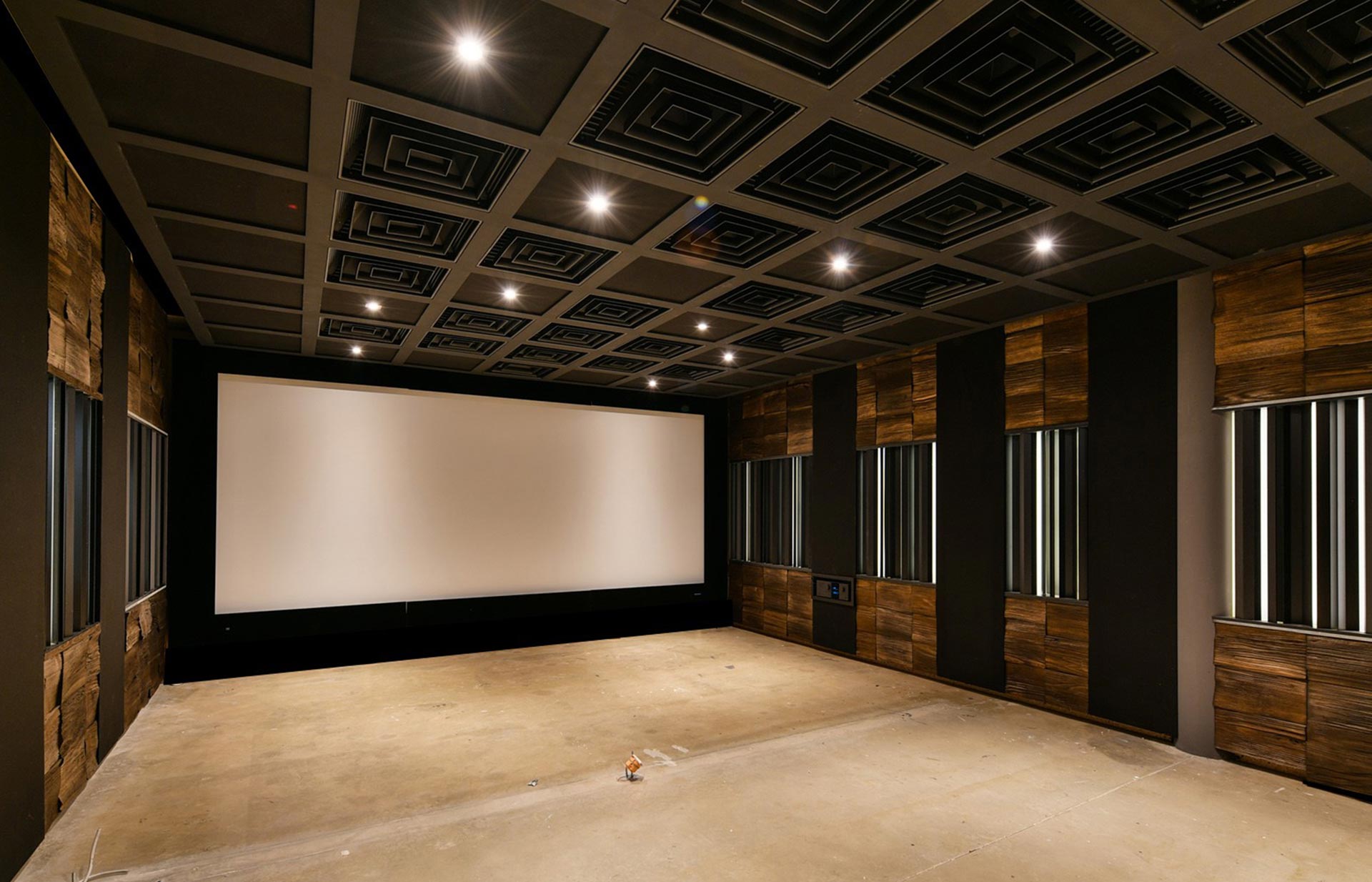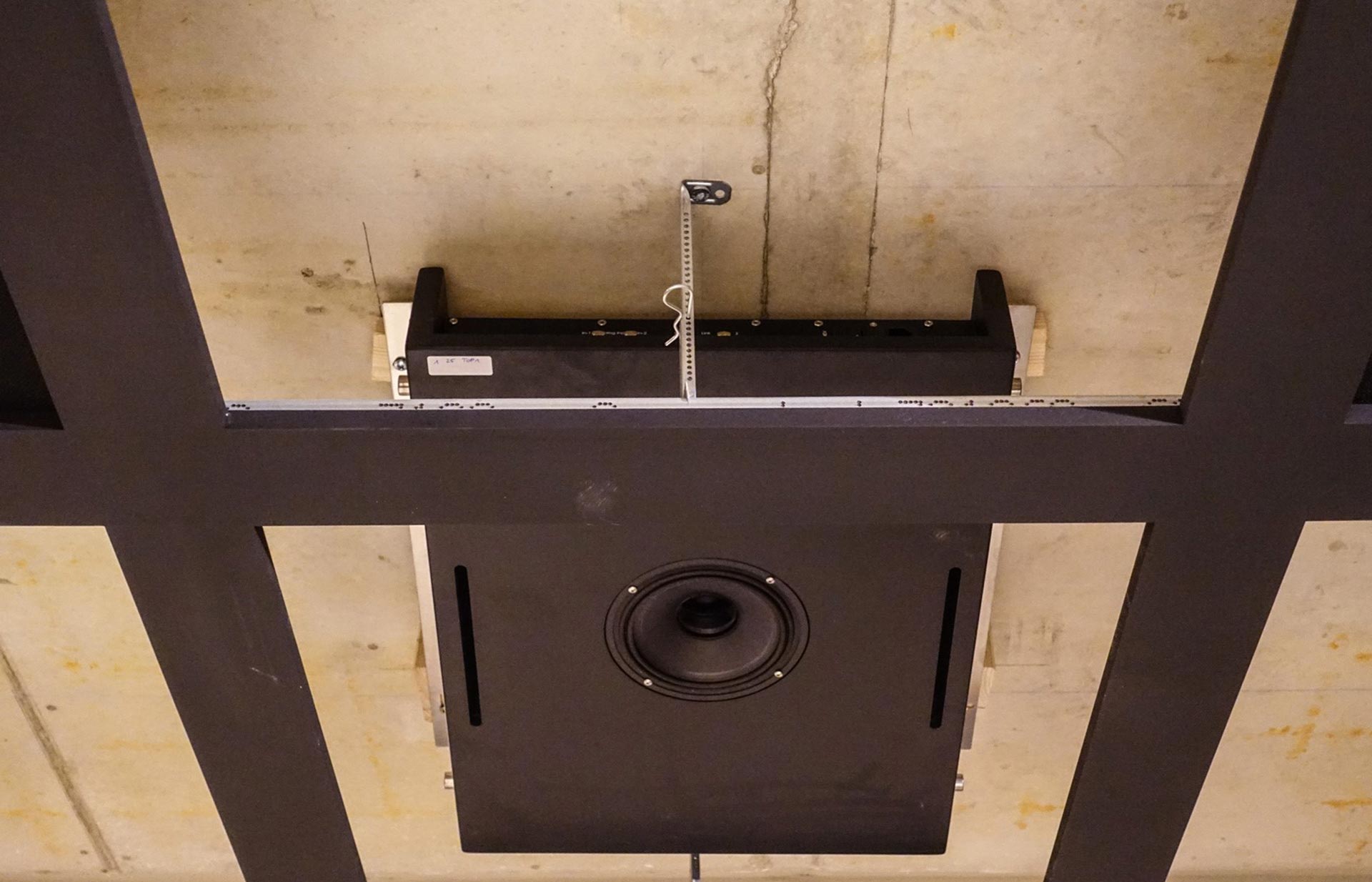

Using smooth EQ lifts can add some weight or brightness back in, while keeping the more intricate correction curves.

This may seem to go against the idea of flattening out what you’re hearing, but sometimes a flat response can lack a little vibe. The Custom mode has a new editable EQ that you can use to tailor the final sound to your preference in real-time. The Flat mode is self-explanatory: the software’s EQ adjustment compensates to create a theoretical flat response. With these, you can choose from Flat, Custom or Translation Check. One of the major new features is the target modes. There’s also a helpful new swap left/right button under the Input meter, a practical tool to help give a new perspective on your mix’s balance.

For instance, the mono button now just a symbol underneath the Output meter. The overall look is a little less cluttered and sharper, though. You can also choose between Zero Latency, Mixed and Linear Phase filters, with increasing amounts of latency displayed alongside.
SOUND REFERENCE 4 PLUS
A graph in the middle shows various before and after curves, plus Input and Output meters and a Dry/Wet dial to control the adjustment amount. Visually, the core functionality of the GUI in the app and plug-in is the same as in previous versions. We’ve been using Reference for years and would find it hard to go back to an uncalibrated sound now. We test the generated curves in both a treated room and an untreated bedroom, and the results are astonishing. Even then, it can help smooth out frequency response irregularities that arise from differences in speaker design. Of course, it’s at its best when used in conjunction with good acoustic treatment. Once again, listening through a flatter response can help you make more accurate mix decisions without accidentally compensating for the room’s issues. It takes over 30 measurements from around the listening position, then spits out a unique file that you can load into the standalone app or plug-in versions. Setup is still a smooth and easy-to-follow process that should take around 20 minutes. The Reference Measure app remains largely the same with some minor cosmetic tweaks. You can also purchase the mic separately for £69 or use any other measurement mic.
SOUND REFERENCE 4 FULL
If you opt for the full version, it comes with Sonarworks’ XREF20 microphone with a unique calibration profile for added accuracy. Alongside using Reference for headphone listening, you can also use it to calibrate your room and speakers, although you’ll need a special measurement microphone for this.


 0 kommentar(er)
0 kommentar(er)
